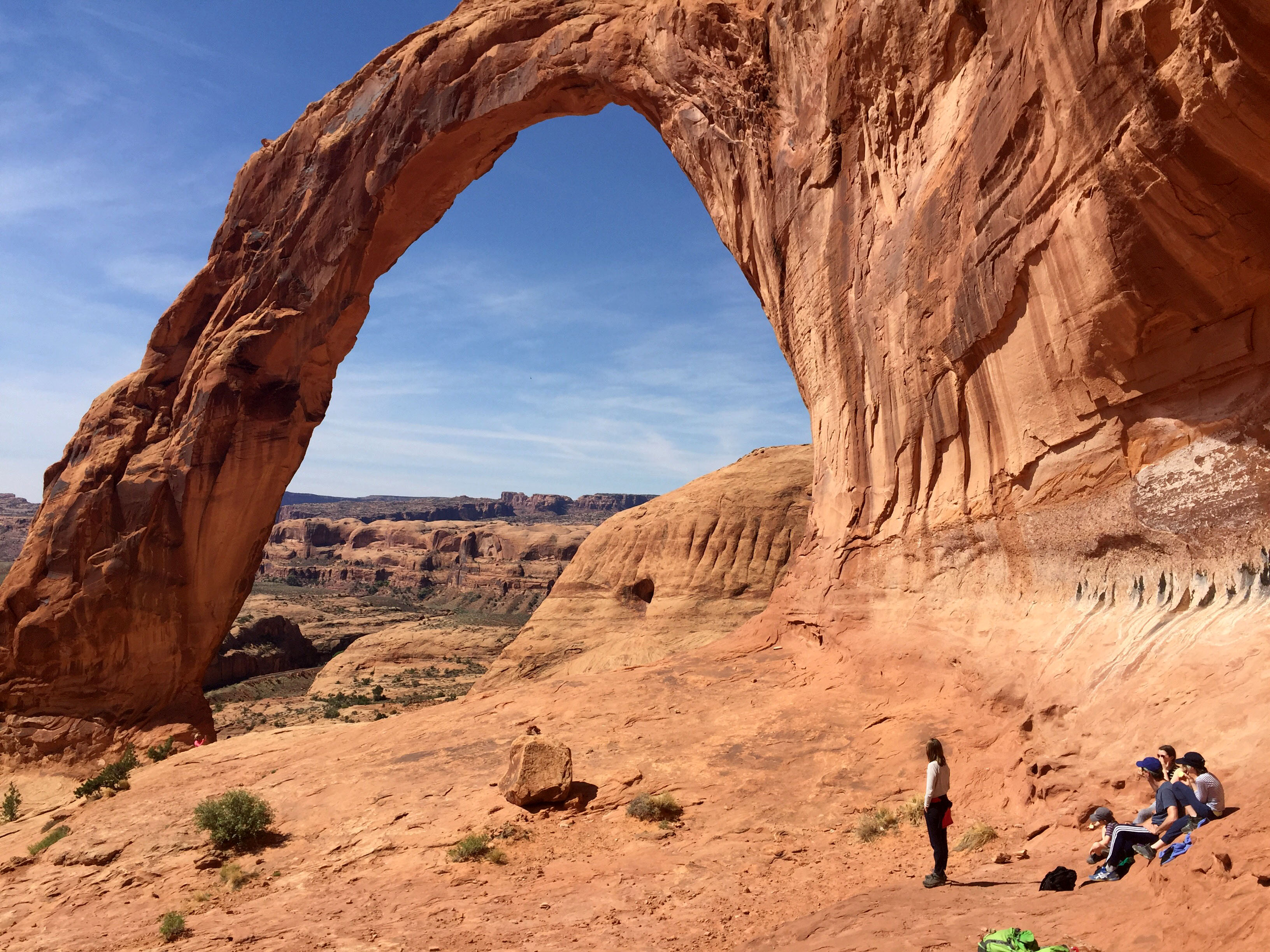
Throughout our planet some of the most sensational achievements have not been built by architects or even sculpted by artists. In our natural world, from sandstone mountains in Central Europe to the Desert Southwest of our own United States, nature has carved out some of the most beautiful and unique structures that rival any manmade structure or architectural feat. The arches of the Desert Southwest are truly one of those most unique of natural wonders. And how were these arches formed, you ask? It’s a story that started roughly 65 million years ago.
Geography Of The Sandstone Arches
The sandstone that we see now was once buried beneath thousands of feet of overlying deposits. As the landscape slowly began to change, geologic forces wrinkled and folded the buried sandstone. This formed lumps across the middle called anticlines. The years continued and the sandstone warped and fractures began to tear through the rock. It established patterns for rock sculptures of the distant future. As the landscape began to rise from sea level to thousands of feet in elevation, the natural forces of erosion, by weathering of the rock by wind and water, began carving layer after layer away. The newly exposed sandstone layers rebounded and expanded, similar to a sponge, creating even more fractures in which water could seep in and break it down even further.
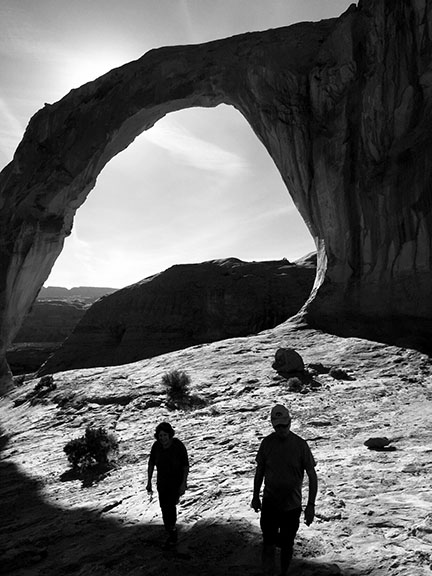 Water Shapes the Landscape
Water Shapes the Landscape
In our day and age, it is now water that shapes the sandstone landscape far more than any other force. Rains carry sediment down washes and eventually into rivers. Winter snowmelt pools up in fractures and depressions followed by the freeze/thaw cycle breaking off larger chunks of sandstone. Over the ensuing years, this process turns the fractured rock into fins which eventually form arches. Arches can also form near cliff edges where potholes continually grow deeper from the erosion process. They finally wear through the wall below them. The vigorous forces of erosion and time will continue to widen these arches until their eventual collapse.
The American Southwest has been very stable over the last thousand years and has a unique variety of plants and wildlife. The only thing separating the desert from the Colorado plateau is cliff-walls, subarctic tundra and Sonoran desert. Impressive peaks rise off the desert floor. Deep pools of water can be found among petrified sand dunes. On burning cliff-faces, lush flowers hide in corners of the canyon watered by springs.
Join The Tour
To witness the beauty of the sandstone arches, please join Ryder/Walker Alpine Adventures in May for our guided Red Rocks hiking tour, or explore the desert southwest on your own with a self-guided Moab hiking tour and wander at your leisure!

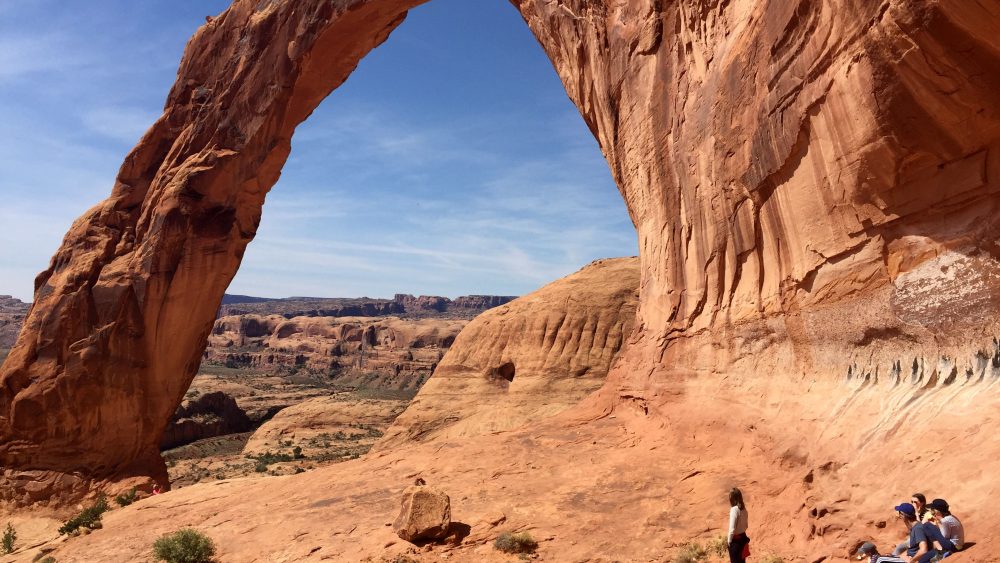
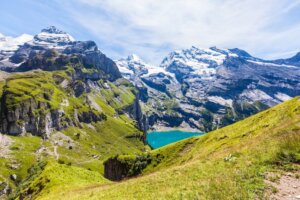
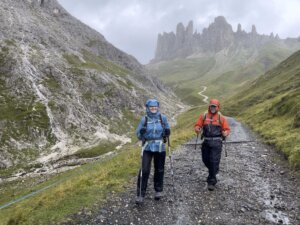
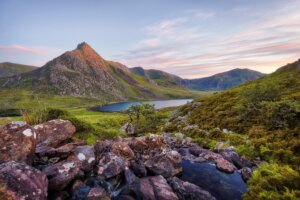


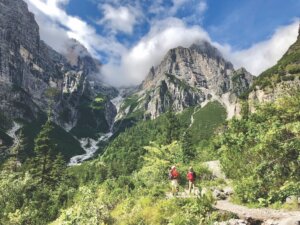

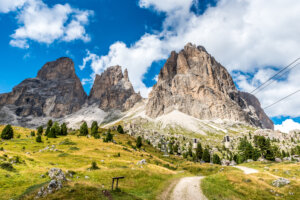

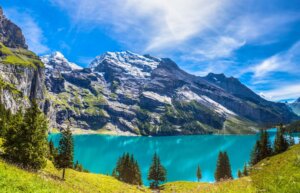
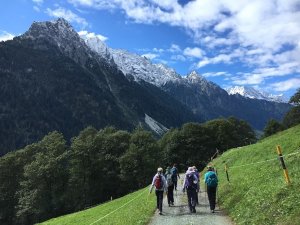
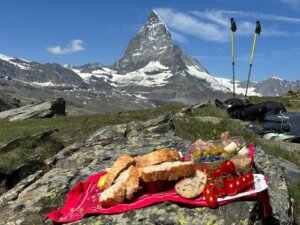







Comments are closed.